-
 Bitcoin
Bitcoin $118400
0.47% -
 Ethereum
Ethereum $3836
2.20% -
 XRP
XRP $3.157
2.98% -
 Tether USDt
Tether USDt $0.9999
-0.03% -
 BNB
BNB $801.5
1.31% -
 Solana
Solana $180.9
2.07% -
 USDC
USDC $0.9999
-0.02% -
 Dogecoin
Dogecoin $0.2225
2.50% -
 TRON
TRON $0.3285
-1.02% -
 Cardano
Cardano $0.7789
2.60% -
 Hyperliquid
Hyperliquid $43.60
2.39% -
 Sui
Sui $3.892
4.41% -
 Stellar
Stellar $0.4229
3.34% -
 Chainlink
Chainlink $18.01
3.98% -
 Hedera
Hedera $0.2745
6.77% -
 Bitcoin Cash
Bitcoin Cash $582.3
3.38% -
 Avalanche
Avalanche $23.77
1.04% -
 Ethena USDe
Ethena USDe $1.001
0.01% -
 Toncoin
Toncoin $3.493
3.59% -
 Litecoin
Litecoin $110.0
2.48% -
 UNUS SED LEO
UNUS SED LEO $8.936
-0.37% -
 Shiba Inu
Shiba Inu $0.00001304
2.49% -
 Uniswap
Uniswap $9.999
1.09% -
 Polkadot
Polkadot $3.897
3.26% -
 Monero
Monero $308.6
-0.83% -
 Dai
Dai $0.9999
-0.01% -
 Bitget Token
Bitget Token $4.504
-0.04% -
 Pepe
Pepe $0.00001154
2.95% -
 Cronos
Cronos $0.1471
3.06% -
 Ethena
Ethena $0.6691
19.53%
How to interpret the top divergence of KDJ indicator when it breaks through the previous high?
KDJ top divergence during a breakout signals weakening momentum despite rising prices, warning of a potential reversal even as new highs form.
Jul 30, 2025 at 10:03 am
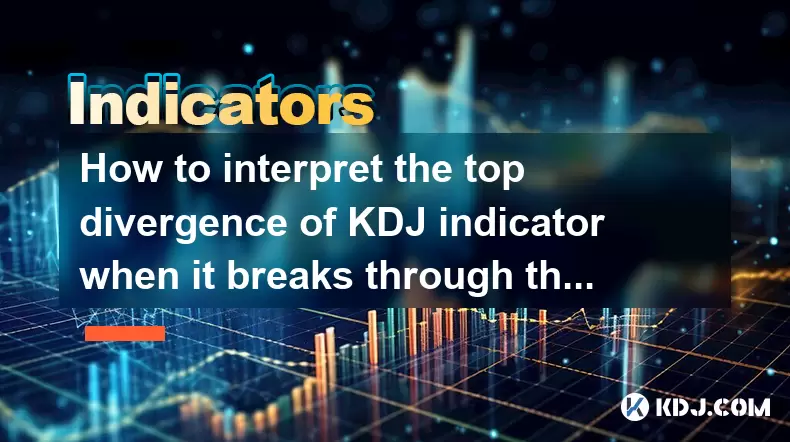
Understanding the KDJ Indicator and Its Components
The KDJ indicator is a momentum oscillator widely used in technical analysis within the cryptocurrency trading community. It comprises three lines: the %K line, the %D line, and the %J line. The %K line represents the current closing price relative to the price range over a specified period, typically 9 periods. The %D line is a moving average of %K, acting as a signal line. The %J line, derived from 3×%K – 2×%D, reflects the divergence between %K and %D and is often more volatile.
In cryptocurrency markets, where price volatility is high, the KDJ helps traders identify overbought and oversold conditions. When the %K and %D lines rise above 80, the market is considered overbought; below 20 indicates oversold. However, the interpretation becomes more nuanced when price action and indicator movement diverge, especially during a breakout.
What Is Top Divergence in the KDJ Indicator?
Top divergence, also known as bearish divergence, occurs when the price of a cryptocurrency makes a new higher high, but the corresponding KDJ indicator fails to surpass its previous peak. This mismatch suggests weakening upward momentum, even as price climbs. In this scenario, the market may be losing steam, and a reversal could be imminent.
For example, if Bitcoin reaches a new local high at $72,000 while the KDJ %K line peaks at 85, but in the next upward move to $73,000, the %K only reaches 82, this forms a bearish divergence. Despite the higher price, the indicator shows reduced buying pressure. This phenomenon is especially significant when it happens near overbought levels, where resistance to further gains is already expected.
Interpreting Top Divergence During a Breakout of Previous High
When a cryptocurrency breaks through a previous price high, it often signals strong bullish sentiment. However, if this breakout coincides with top divergence in the KDJ, traders should exercise caution. The divergence indicates that although price is rising, the underlying momentum is not confirming the move.
Key elements to assess include:
- Confirm that the price has indeed broken a prior high on the chart.
- Check the KDJ values at both the prior high and the current high.
- Ensure that the %K or %D line at the current high is lower than at the previous high.
- Verify that volume does not strongly support the breakout, which could reinforce the divergence signal.
This combination—price breakout with KDJ divergence—can suggest a potential false breakout or a blow-off top, where the final surge in price is driven by speculative momentum rather than sustainable demand.
How to Use KDJ Divergence for Trade Entry and Exit
Traders can use KDJ top divergence during a breakout as a signal to exit long positions or prepare for short entries. The process involves several precise steps:
- Monitor the 4-hour or daily chart for a clear price high formation.
- Apply the KDJ indicator with default settings (9,3,3) or adjust based on market volatility.
- Identify two consecutive swing highs in price, with the second being higher.
- Compare the corresponding KDJ readings at both swing points.
- If the second high’s KDJ value is lower, mark it as divergence.
- Wait for confirmation, such as a bearish candlestick pattern (e.g., shooting star or engulfing) or a cross of %K below %D.
- Place a sell or short entry after confirmation, with a stop-loss just above the recent high.
For risk management, set a take-profit level at the nearest support zone or use a risk-reward ratio of at least 1:2. Avoid acting solely on divergence; always combine it with price action analysis and volume trends.
Common Pitfalls and Misinterpretations of KDJ Divergence
One major mistake is treating every divergence as a guaranteed reversal signal. In strong trending markets, especially in bull runs common in crypto, price can remain overbought for extended periods while KDJ shows repeated divergence. This can lead to premature exits or failed short trades.
Another issue is using inappropriate timeframes. On lower timeframes like 5-minute or 15-minute charts, KDJ generates excessive noise and false signals. It is more reliable on 1-hour, 4-hour, or daily charts where signals are less frequent but more meaningful.
Additionally, traders often overlook the importance of parameter settings. While the default (9,3,3) works for many, highly volatile assets like meme coins may require smoothing adjustments. Testing different settings in a demo environment helps avoid misreading divergence.
Enhancing KDJ Divergence Signals with Other Indicators
To increase the reliability of KDJ top divergence during a breakout, combine it with complementary tools. The Relative Strength Index (RSI) can confirm overbought conditions and hidden divergence. If both KDJ and RSI show bearish divergence, the reversal probability increases.
The MACD indicator provides trend momentum context. A bearish MACD crossover aligning with KDJ divergence strengthens the sell signal. Volume indicators like OBV (On-Balance Volume) can show whether the breakout is supported by real buying volume or is volume-deficient, which supports the divergence thesis.
Support and resistance levels from horizontal price zones or trendlines should also be considered. A breakout above resistance with KDJ divergence near a historical price ceiling (e.g., previous all-time high) carries more weight than one in mid-range.
Frequently Asked Questions
Can KDJ top divergence occur in sideways markets?
Yes, KDJ top divergence can appear in ranging markets, but its significance is reduced. In consolidation phases, price oscillates within a band, and KDJ often fluctuates between overbought and oversold zones. Divergence here may not lead to a strong trend reversal but could signal short-term pullbacks. Traders should focus on divergence that occurs near clear support or resistance boundaries for better accuracy.
How do I adjust KDJ settings for different cryptocurrencies?
Adjusting KDJ parameters depends on volatility and trading frequency. For stablecoins or low-volatility tokens, use longer periods like (14,3,3). For high-volatility assets like SHIB or PEPE, shorter settings like (6,3,3) may respond faster. Always backtest changes on historical data and avoid over-optimization. The goal is to balance sensitivity and signal reliability.
Does KDJ divergence work on all timeframes?
KDJ divergence appears on all timeframes, but its reliability varies. On 1-minute or 5-minute charts, divergence signals are frequent and often misleading due to market noise. Higher timeframes like 1-hour and above provide stronger, more actionable signals. For swing or position trading, prioritize divergence on 4-hour and daily charts.
What should I do if price breaks out and KDJ shows no divergence?
If price breaks a prior high and KDJ confirms with a higher high, this indicates strong bullish momentum. In such cases, the trend is likely intact. Traders may consider holding long positions or entering new ones with proper risk controls. Look for KDJ to remain above 50 and %K to stay above %D as signs of ongoing strength.
Disclaimer:info@kdj.com
The information provided is not trading advice. kdj.com does not assume any responsibility for any investments made based on the information provided in this article. Cryptocurrencies are highly volatile and it is highly recommended that you invest with caution after thorough research!
If you believe that the content used on this website infringes your copyright, please contact us immediately (info@kdj.com) and we will delete it promptly.
- Ozak AI: Can This Underdog Crypto Achieve a Bull Run to $1?
- 2025-07-31 22:30:12
- Coinbase Breach: Navigating Insider Risk and Bolstering Security
- 2025-07-31 23:11:55
- Bitcoin Rebounds, WeWake Presale Gains Traction: What's the Buzz?
- 2025-07-31 22:30:12
- Bitcoin, Altcoins, and Volume Watchlists: Decoding the Crypto Landscape
- 2025-07-31 23:11:55
- Tron, Fartcoin, and BlockchainFX: What's Trending (and What's Not) in the Crypto World
- 2025-07-31 21:32:19
- Bitcoin, Corporate Investments, and Sustainability: A New Era or Fleeting Fad?
- 2025-07-31 20:50:14
Related knowledge

How can you use the MACD histogram to determine trend strength?
Jul 31,2025 at 11:10pm
Understanding the MACD Histogram and Its ComponentsThe MACD (Moving Average Convergence Divergence) histogram is a visual representation of the differ...
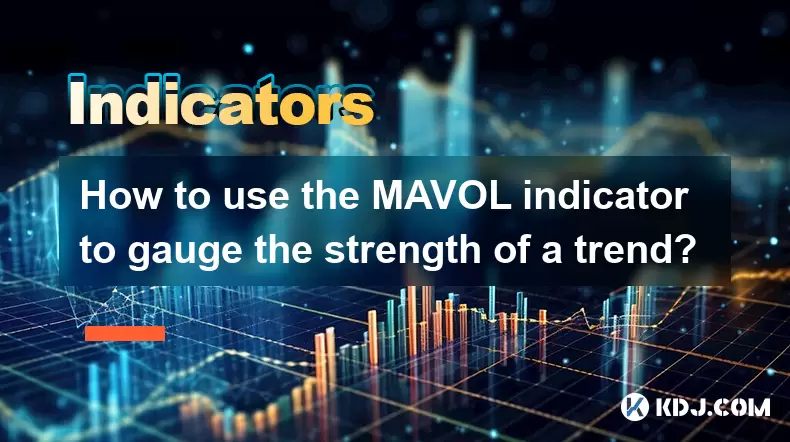
How to use the MAVOL indicator to gauge the strength of a trend?
Jul 31,2025 at 09:57pm
Understanding the MAVOL Indicator in Cryptocurrency TradingThe MAVOL indicator, short for Moving Average of Volume, is a technical analysis tool widel...
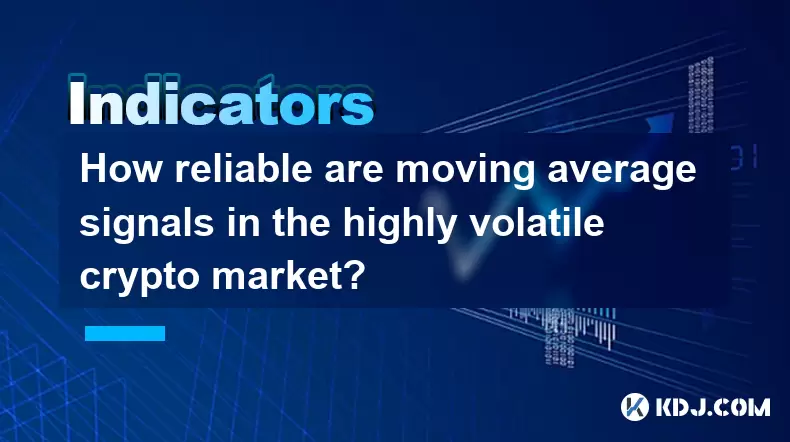
How reliable are moving average signals in the highly volatile crypto market?
Jul 31,2025 at 08:36pm
Understanding Moving Averages in Cryptocurrency TradingMoving averages (MAs) are among the most widely used technical indicators in the cryptocurrency...
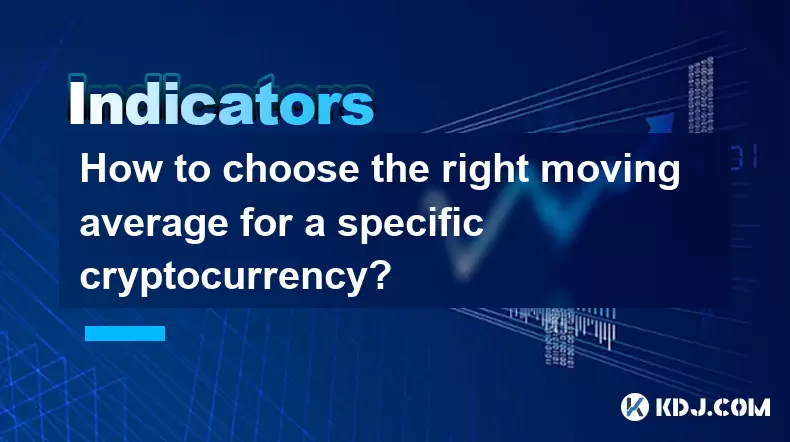
How to choose the right moving average for a specific cryptocurrency?
Jul 31,2025 at 10:29pm
Understanding the Role of Moving Averages in Cryptocurrency TradingMoving averages are foundational tools in technical analysis, widely used by crypto...
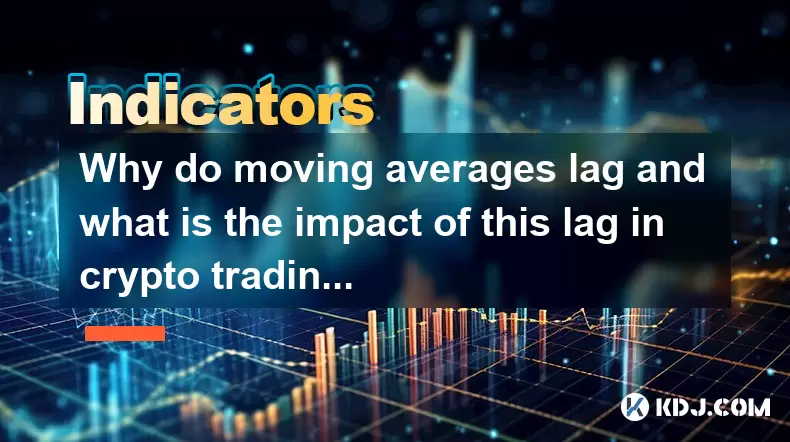
Why do moving averages lag and what is the impact of this lag in crypto trading?
Jul 31,2025 at 08:07pm
Understanding the Concept of Moving Averages in Crypto TradingMoving averages are among the most widely used technical indicators in cryptocurrency tr...
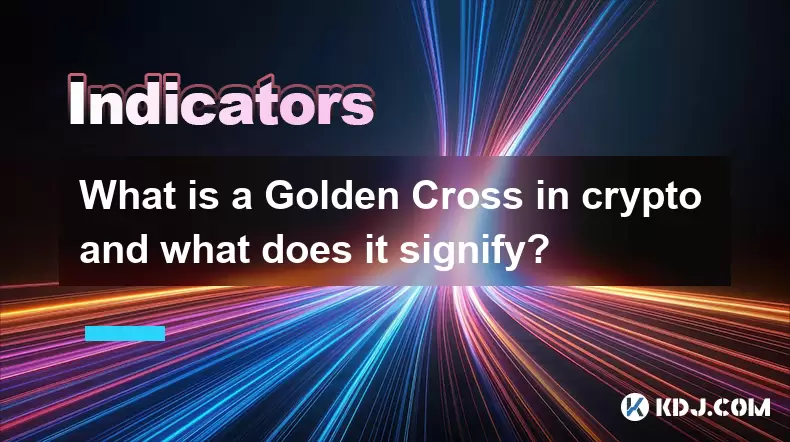
What is a Golden Cross in crypto and what does it signify?
Jul 31,2025 at 10:36pm
Understanding the Golden Cross in Cryptocurrency MarketsThe Golden Cross is a technical analysis pattern widely observed in cryptocurrency trading. It...

How can you use the MACD histogram to determine trend strength?
Jul 31,2025 at 11:10pm
Understanding the MACD Histogram and Its ComponentsThe MACD (Moving Average Convergence Divergence) histogram is a visual representation of the differ...

How to use the MAVOL indicator to gauge the strength of a trend?
Jul 31,2025 at 09:57pm
Understanding the MAVOL Indicator in Cryptocurrency TradingThe MAVOL indicator, short for Moving Average of Volume, is a technical analysis tool widel...

How reliable are moving average signals in the highly volatile crypto market?
Jul 31,2025 at 08:36pm
Understanding Moving Averages in Cryptocurrency TradingMoving averages (MAs) are among the most widely used technical indicators in the cryptocurrency...

How to choose the right moving average for a specific cryptocurrency?
Jul 31,2025 at 10:29pm
Understanding the Role of Moving Averages in Cryptocurrency TradingMoving averages are foundational tools in technical analysis, widely used by crypto...

Why do moving averages lag and what is the impact of this lag in crypto trading?
Jul 31,2025 at 08:07pm
Understanding the Concept of Moving Averages in Crypto TradingMoving averages are among the most widely used technical indicators in cryptocurrency tr...

What is a Golden Cross in crypto and what does it signify?
Jul 31,2025 at 10:36pm
Understanding the Golden Cross in Cryptocurrency MarketsThe Golden Cross is a technical analysis pattern widely observed in cryptocurrency trading. It...
See all articles

























































































